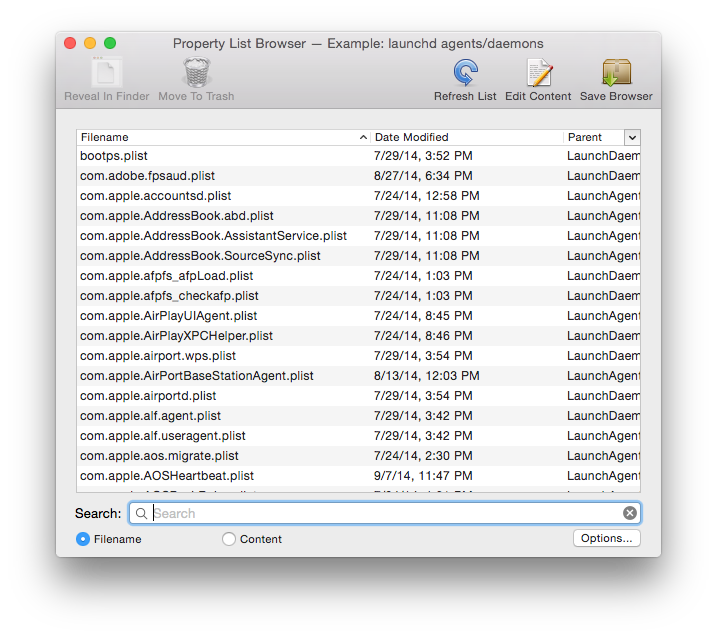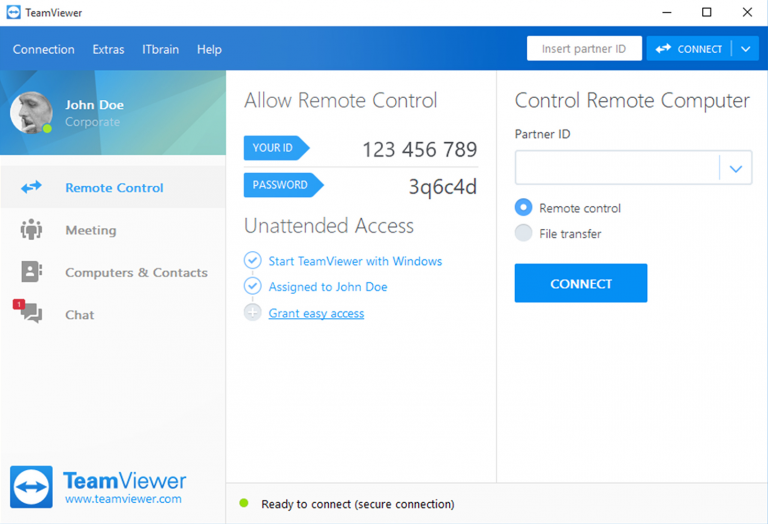

The option to run from the command line greatly expedites the multiple sequence alignment process. This gives the user the option to gradually and methodically create multiple sequence alignments with more control than the basic option. The ability to use profile alignments allows the user to align two or more previous alignments or sequences to a new alignment and move misaligned sequences (low scored) further down the alignment order. The algorithm allows for very large data sets, and works fast. The higher ordered sets of sequences are aligned first, followed by the rest in descending order. Once the sequences are scored, a dendrogram is generated through the UPGMA to represent the ordering of the multiple sequence alignment. The algorithm works by calculating the similarity scores as the number of k-tuple matches between two sequences, accounting for a set penalty for gaps. The main parameters are the gap opening penalty, and the gap extension penalty.ĬlustalV was released 4 years later and greatly improved upon the original, adding and altering a few key features, including a switch to being written in C instead of Fortran like its predecessor. Other options are Do Alignment from guide tree and phylogeny and Produce guide tree only.

This method works by analyzing the sequences as a whole, then utilizing the UPGMANeighbor-joining method to generate a distance matrix.Ī guide tree is then calculated from the scores of the sequences in the matrix, then subsequently used to build the multiple sequence alignment by progressively aligning the sequences in order of similarity.Įssentially, Clustal creates multiple sequence alignments through three main steps. It is also commonly used via a web interface at its own home page or hosted by the European Bioinformatics Institute. It also included the ability to run the program in batch mode from the command line. It improved upon the progressive alignment algorithm in various ways, including allowing individual sequences to be weighted down or up according to similarity or divergence respectively in a partial alignment. It introduced phylogenetic tree reconstruction on the final alignment, the ability to create alignments from existing alignments, and the option to create trees from alignments using a method called Neighbor joining. Clustal Omega has the widest variety of operating systems out of all the Clustal tools.


 0 kommentar(er)
0 kommentar(er)
